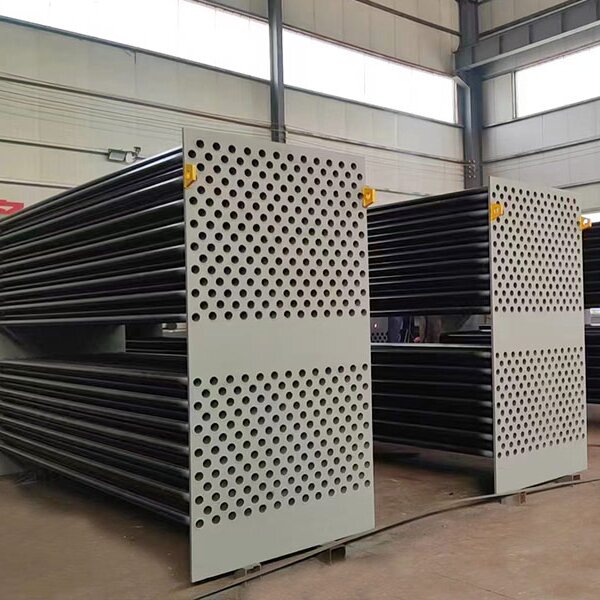Types of Air Preheaters and Common Troubleshooting Methods
Air preheaters (APH) are essential components in industrial and power plant operations, improving overall system efficiency by recovering heat from flue gases and preheating incoming air for combustion. By increasing the temperature of the air supplied to the furnace, air preheaters help reduce fuel consumption and enhance thermal efficiency.
Types of Air Preheaters
1.Tubular Air Preheaters
Tubular air preheaters consist of bundles of metal tubes through which air flows, while hot flue gases pass over the tubes.
Advantages:
- Simple design and maintenance.
- Effective in handling high-temperature flue gases.
Applications:
- Used in large boilers, especially in power plants.
2.Rotary Air Preheaters
Rotary air preheaters feature a rotating matrix of heat exchange elements, divided into sectors for hot gases and cold air.
Advantages:
- Compact design with high heat transfer efficiency.
- Continuous operation reduces temperature fluctuations.
Applications:
- Common in utility boilers and industrial furnaces
3.Plate-Type Air Preheaters
Plate-type preheaters have alternating flat and corrugated plates to form air and flue gas channels.
Advantages:
- Compact and modular.
- Suitable for small and medium-sized systems.
Applications:
- Widely used in industrial heating systems.
Problems in the operation of air preheater and Solutation
1. Air Preheater Fouling and Blockage
Cause:
- Accumulation of ash, soot, or unburnt particles on the heat transfer surfaces.
Solution:
- Regular cleaning using soot blowers or washing systems.
- Implement proper fuel combustion practices to minimize particle formation.
2.Air Preheater Leakage
Cause:
- Corrosion, cracks, or improper sealing between flue gas and air paths.
Solution:
- Inspect and replace damaged seals.
- Use corrosion-resistant materials for critical components.
3. Air Preheater Corrosion
Cause:
- High sulfur content in the flue gas leading to acidic condensation on cold surfaces.
Solution:
- Maintain flue gas temperature above the dew point of acidic vapors.
- Use corrosion-resistant coatings or alloys.
4. Air Preheater Thermal Stress and Fatigue
Cause:
- Rapid temperature changes causing material expansion and contraction.
Solution:
- Implement gradual startup and shutdown procedures.
- Monitor and control temperature variations.
5. Air Preheater Reduced Heat Transfer Efficiency
Cause:
- Deterioration of heat exchange surfaces or improper air/gas flow distribution.
Solution:
- Conduct regular performance checks.
- Optimize flow distribution by balancing dampers and ensuring proper alignment.
6. Air Preheater Wear and Tear in Rotary Preheaters
Cause:
- Friction and mechanical stresses on moving parts.
Solution:
- Lubricate bearings and inspect drive mechanisms regularly.
- Replace worn-out components promptly to avoid major failures.
Air preheaters are vital in energy-intensive systems, and their proper functioning directly impacts operational efficiency and fuel savings. Understanding the different types of air preheaters and their common problems helps operators proactively address issues and maintain optimal performance. Regular maintenance, coupled with timely troubleshooting, ensures that air preheaters continue to contribute effectively to the overall system efficiency.


